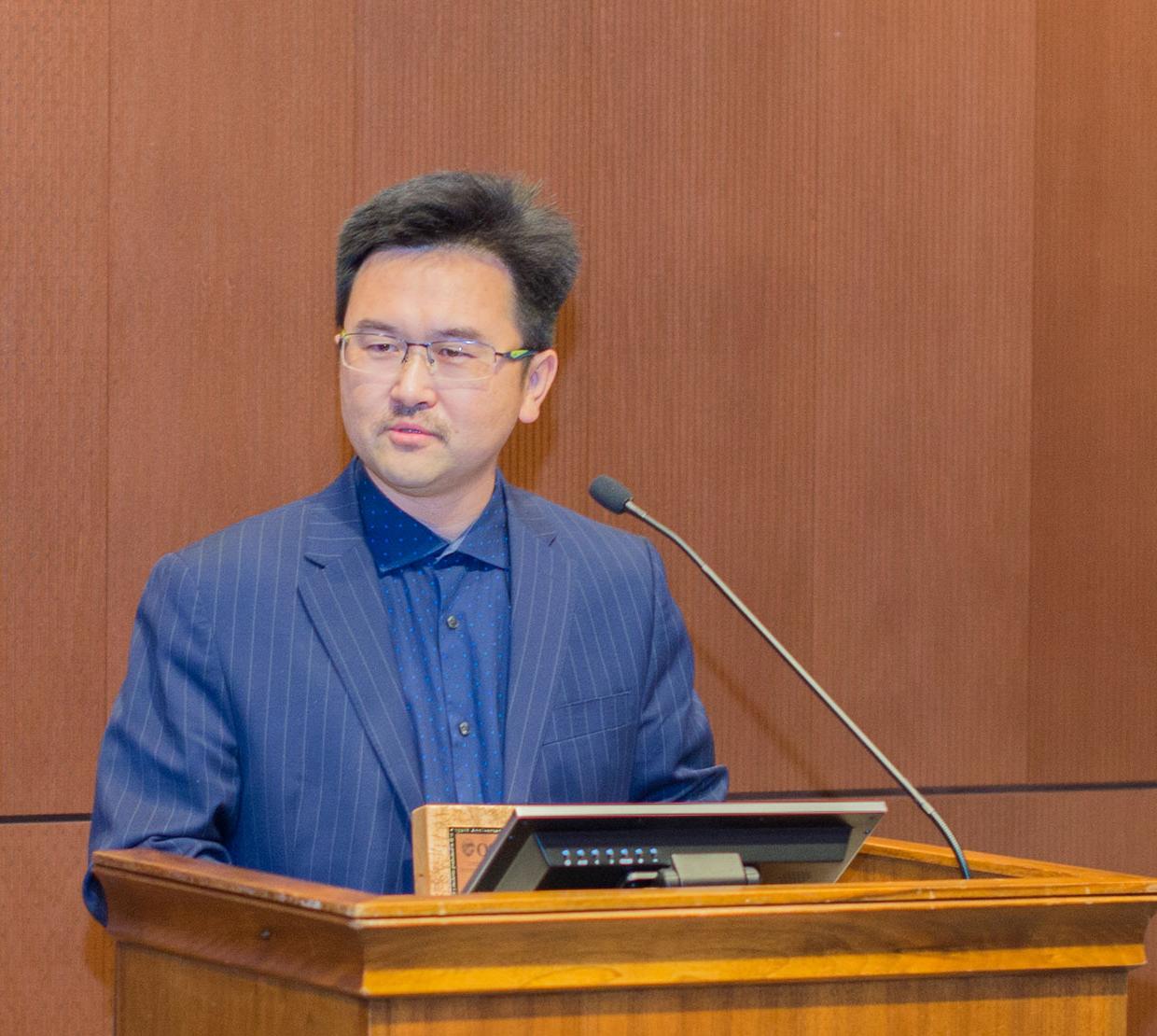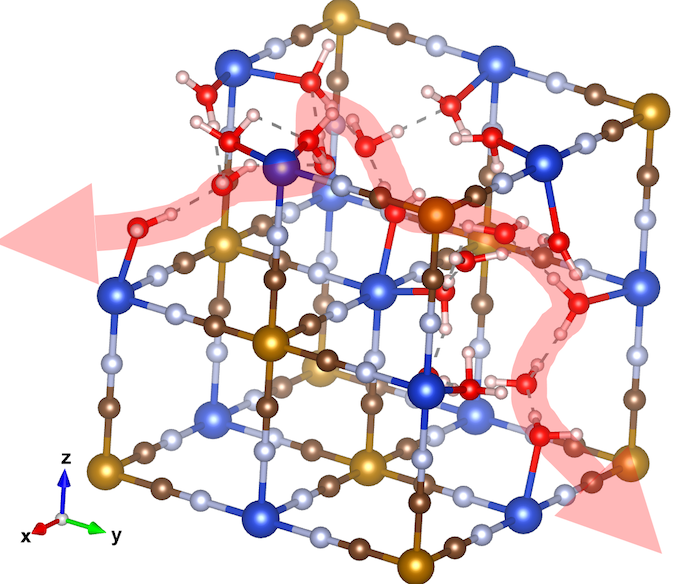Researchers at Oregon State University have found that a chemical mechanism first described more than two centuries ago holds the potential to revolutionize energy storage for high-power applications like vehicles or electrical grids.
The research team led by Xiulei (David) Ji, associate professor in the Department of Chemistry, along with collaborators at the Argonne National Laboratory, the University of California Riverside, and the Oak Ridge National Laboratory, are the first to demonstrate that diffusion may not be necessary to transport ionic charges inside a hydrated solid-state structure of a battery electrode.
“This discovery potentially will shift the whole paradigm of high-power electrochemical energy storage with new design principles for electrodes,” said Xianyong Wu, a postdoctoral scholar at OSU and the first author of the article.
Findings were published today in Nature Energy.
“Coming up with Faradaic electrodes that afford battery’s energy density and capacitor’s power with excellent cycle life has been a big challenge,” said Ji, associate professor of chemistry. “So far, most of the attention has been devoted to metal ions – starting with lithium and looking down the periodic table.”





